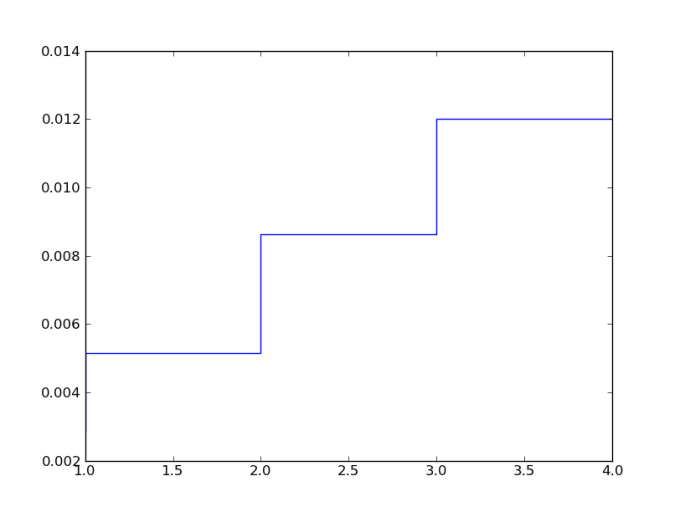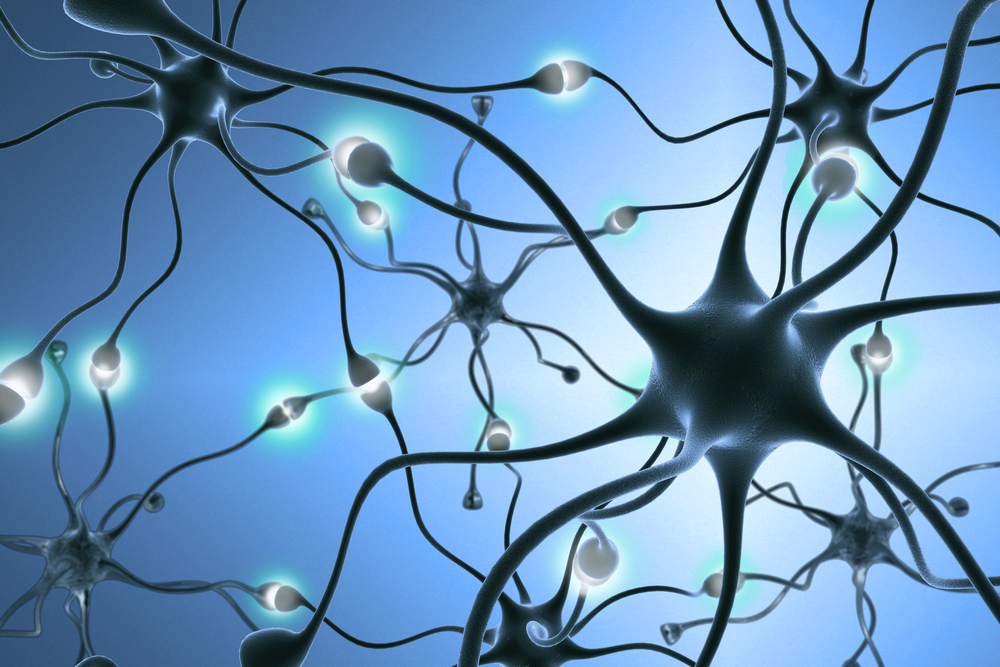Hassan Baig
More posts from Hassan Baig
Editor’s note: Hassan Baig is an entrepreneur who runs ClubInternet, a “connecting the unconnected” startup.
In a recent column on TechCrunch, I wrote about the mental challenges faced by the world’s offline population of 4.3 billion when trying to use the Internet for the first time. After all, they’ve never experienced the Internet before, lacking what UX experts call a ‘mental model’ of how basic Internet services work or why to even use them. In this post, I’ll shed more light on what sort of mental models are missing, so that the world’s foremost thinkers can come up with the best strategies to fix them.
Missing Mental Models
In the bid to research possible answers to this question, my team and I have been conducting usability tests with the unconnected/newly connected. We’re aided in these endeavors by a highly resourceful South Asian tech incubator, Plan 9, and the usability team of a local mobile network operator, so readers can safely assume a very high level of standardization and quality control behind each of these tests. Below are a few insights gleaned from our findings.

The test subject in the GIF above was tasked with Googling the simplest keyword he could think of. He chose “IPL” (acronym for cricket’s Indian Premier League). He took roughly 10 seconds to type those letters in — seven seconds longer than the length of time it took him to type the same thing on his feature phone’s keypad. In other words, typing on a smartphone’s virtual, on-screen keyboard was not a convenience for this test subject.
Across multiple usability tests, we found that switching from the feature phone’s keypad to the on-screen keyboard of a smartphone usually proves quite challenging for almost all of the unconnected/newly connected, making them reluctant to switch when left to their own devices. This is a downer because experiencing the Internet over a smartphone is much more effective (and thus sticky) than doing the same over even the most advanced feature phone.
On the other hand, whenever the connected move to smartphones, their mental model of QWERTY keyboards helps them to cope, resulting in a minimal learning curve. Unfortunately the experience is very different for an unconnected individual whose closest mental model to a keyboard is a cell phone’s keypad built as per the ITU E 1.161 International Standard (a fundamentally different animal).

The test subject in the GIF above was tasked with searching his favorite Bollywood actor; he chose “Shahrukh Khan.” But he approximated the correct spelling only after multiple failures and non-trivial assistance from the test conductor. Tellingly, his first few attempts were so off that Google’s ‘Showing results for’ feature didn’t help at all.
Overall, we’ve found that anxiety stemming from not being able to find what (or who) they were looking for is a top-five concern among the unconnected when they first begin to use the Internet. Heavily misspelled search terms and names are the prime contributors to this problem.
It’s also further exacerbated by the fact that some smartphone on-screen keyboards unwittingly disincentivize first-time users from ever tapping the spacebar key, because some of them prominently display the currently selected language — English by default — on the spacebar key. Now imagine an unconnected person who’s at best semi-literate in English, and may even be apprehensive of foreign languages. When trying to type, would they ever want to tap any key labeled “English”? As it turns out, they don’t (on average), resulting in the double whammy of bad spelling and missing spaces.
Predictably, the problem outlined above is even more intense for the roughly 30 percent unconnected who are completely illiterate. Getting the Internet to be relevant and useful for them will be an even bigger problem. Literacy, it seems, is almost a necessary condition for people to use the Internet in its current form. That’s not good news for those who are offline.

The test subject in the GIF above was tasked with moving between various pages of the app launcher. Easy right? In multiple trials, she always attempted a mix of tapping and swiping to move between the pages, never definitively settling on swiping (which is the correct action for the said task). Her mental model for gesture control on mobile devices remained suspect throughout the usability test.
Overall, we’ve found that almost all of the unconnected muddle through when given a mobile device to use, struggling with understanding when to swipe, tap, double tap or pinch. A possible reason could be that feature phones, TV and radio — the three most widely used technologies among the unconnected — do not exactly nurture a mental model for gesture control in any meaningful way.
We’ve also found that repetitive smartphone use does alleviate this problem somewhat, but very gradually. Overall, in no way is using a smartphone as intuitive for the unconnected as it felt for us — the connected — back in 2007 when we experienced our first such device (the iPhone 1).

The test subject in the GIF above was stuck on trying to attend to a Viber call, not knowing what to do when the screen changed. We’ve seen such results for other similar Internet services, as well.
So how hard would it be to develop the mental model for attending to a phone call on a smartphone? We’ve found that it’s harder than it sounds, but it does stick. The broader point here is somewhat different though: Nothing about using a smartphone is easy/intuitive for the unconnected, given feature phones, TVs and radios are their predominant experiences with technology. All this reinforces the findings of the previous usability test.

The test subject here was tasked with trying a Google search of his choice. But he simply stared at Google’s homepage throughout the session, showing minimal curiosity. In fact, reluctance to engage and an almost derisive demeanor remained the theme of the session. The subject later stated that the whole exercise was uninteresting and a waste of his time.
This wasn’t outlier behavior, being especially prevalent among test subjects with lesser or no literacy.
Takeaways
These usability tests reveal that extensive mental barriers impede the unconnected from readily taking up digital technology and basic Internet services. The smartphone is the first real computing device for the majority of these unconnected.
But every innovation begets its own series of challenges, smartphones being no exception. It seems the offline world finds the learning curve of these phones to be much more gradual than what we – the connected – experience when switching to our first such device (thanks to a much deeper experience with digital interfaces and the Internet). Likewise, their first touch with internet services is full of friction as well.
Hence just making the Internet expansive and affordable is not going to readily onboard the offline onto it. Their mental gaps will need to be plugged too. Think of it as a classic step-function (below), one where the jump from an offline mental model to an online one is discretely, substantially higher.

We need solutions that can turn this step into a slope (i.e. essentially an easier hurdle). If we can do that, we can meaningfully accelerate Internet proliferation among the unconnected. Otherwise fuggedaboutit.
Those of us who’re connected conceive of signing up for an Internet service or using a smartphone as trivial activities. In fact, some very successful technologists –- even ones hailing from some of the most accomplished entrepreneurship circles in Silicon Valley –- have been puzzled when I tell them my startup is working on technology to digitally teach the unconnected why and how to use basic Internet services like search, social networking, messaging, app stores, etc.
I can relate to this skepticism since I too was once on that side of the fence. It is tempting to presume that mobile devices and basic Internet services are plug-and-play; that they have perfectly optimized their user experiences and can successfully onboard anyone, any time, any day.
But the reality is we live in a world where 4.3 billion people have never experienced the Internet. These are people who mostly can’t tell what the X at the top-right of the screen does, or what “sign up” means, or what a username and password are, or that cancel buttons are red or gray, or how a QWERTY keyboard works, or how to sign up for mobile data, or why should one even do it in the first place. All this represents a highly complex, multifaceted problem and the payoff of ultimately solving it will fundamentally change us as a species.































Comment